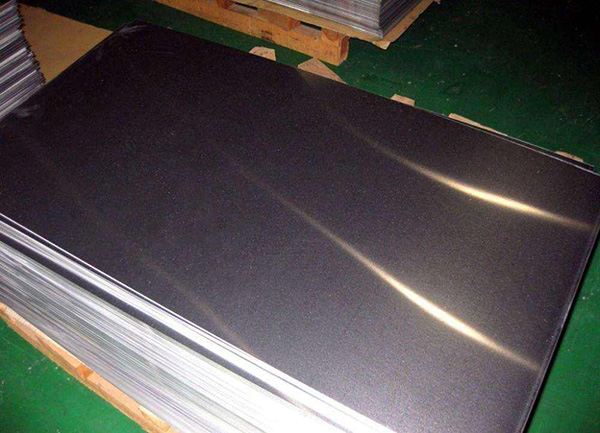- Transformer Aluminium Strip
- Color Coated Aluminium Strip
- Aluminium Jacketing Insulation Coil
- PCB Entry Aluminium Board Strip
- Aluminum Plastic Composite Strip
- Aluminium Slit Strip
- Window Shutter Aluminium Strip
- Aluminium Corner Strip
- Aluminium Air Duct Strip
- Car License Aluminium Strip
- Heat Exchange Aluminium Strip
NEWS
INFORMATIONTel:
86 17344894490Comparison of surface technology of aluminum alloy plate
Last Updated :2023/07/03
Comparison of Surface Technology of Aluminum Alloy Plate
1. Grinding and polishing
Advantage: the surface is smooth as a mirror.
2. Sand blasting - aluminum alloy plate
Introduction: the pellet is used to drive the impeller body to rotate, by centrifugal force, the diameter of the diameter of 0.2~3.0 pills to the surface of the workpiece;Sandblasting is the use of compressed air to blow out the quartz sand.
3. Surface brushed - aluminum alloy plate
Brief introduction: through grinding products to form lines on the surface of the workpiece.
Advantage: non - mirror metallic luster.
4. The embossing
Brief introduction: on the base of the aluminum plate, the various patterns are formed on the surface through the calender process
Advantages: good anti-skid effect, light weight, good durability
5. Spraying - aluminum alloy plate
Classification A: electrostatic plastic powder
Advantage: rich color, strong adhesion
Disadvantages: poor weatherability, easy to be exposed to ultraviolet light and strong light
6. Classification B: fluorocarbon powder spraying
Advantages: low weather resistance, no ozone, air pollution, acid rain;Anti-ultraviolet anti-uv resistance powder;Resistance to chemical resistance of acid and alkali;Corrosion resistance and low permeability of moisture content of moisture;Anti-mildew resistant and moisture resistant, and can keep clean and clean for a long time, easy to maintain and clean, will not change color, fade, burst, powder, etc.
Disadvantages: pure polyester paint and fluorocarbon are difficult to distinguish in the same color. The surface of the aluminum plate can't be scratched or polished.Otherwise, after painting, there will be scratches left on the board, the paint will not be able to cover.
7. Spray paint - aluminum alloy plate
Classification A: acrylic acid
Brief introduction: ordinary paint, direct spraying on the surface of the aluminum plate after cleaning and bake again.
8. Classification B: polyester paint
Brief introduction: there are two more working processes than the acrylic acid paint, the upper primer and the finish paint, and the weathering resistance is longer than that of the propionic acid.
9. Classification C: fluorocarbon
Description: the process is the same as polyester paint, except that it has fluorocarbon in paint.
10. Electrophoresis - aluminum alloy plate
Advantages: smooth film, smooth, flat, strong adhesion, good corrosion resistance
Disadvantages: it is less stable than other coating methods: because the electrophoresis coating can only use water soluble coating, it can't change color easily in the coating process, easy to scratch, and high cost
11. Heat transfer printing wood grain color
Brief introduction: spray the base color of the aluminum plate into the color background color selected by the client. Then, the principle of heat contraction is applied to the base color of the aluminum plate with a thin chemical membrane.
Advantages: optional texture.
12. Anodic oxidation - aluminum alloy plate
Abstract: the metal or alloy parts are used as the anode, and the electrolytic method is used to make the oxide film on the surface.
Advantages: good processability, good weather resistance, strong metal, high fireproof, strong anti-fouling.
Disadvantages: high requirement for raw material surface.
13. Piano paint
Brief introduction: two-component acrylic polyester wood paint, baking paint technology
Advantages: brightness, precision, stability
Faults: hard hitting the paint will shatter



